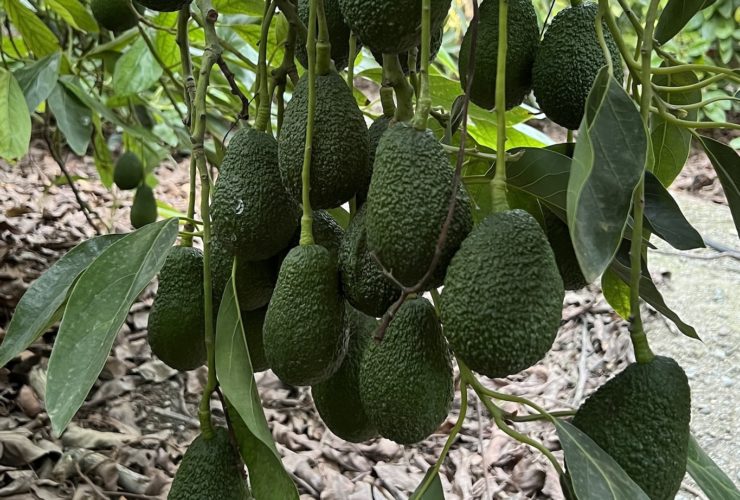Oranges are one of the world’s most popular fruits. This fruit comes from trees that belong to the Citrus genus (Rutaceae), a family consisting of over 1,600 species. The Citrus botanical genus is the most important in the family, consisting of around 20 species with edible fruits which are all rich in vitamin C, flavonoids and essential oils.
The common orange tree is the most widely grown of these citrus trees. Its closest relatives are mandarin, lemon, grapefruit, lime and kumquat trees
Its nutritional composition is notable for its low-calorie and high-water content. It also contains high amounts of vitamin C, folic acid and minerals such as potassium, magnesium and calcium. The latter is barely absorbed by the body. It also contains beta-carotene, which gives it its characteristic color and it is well-known for its antioxidant properties. The flesh and peel contain most of the fiber, so eating them helps to ensure a healthy bowel.

Vitamin C is beneficial because it is involved in the formation of collagen, bones, teeth and red blood cells, and it aids the absorption of iron from food and increases resistance to infections.
Our body converts provitamin A or beta-carotene into vitamin A when needed. This vitamin is very important for eyesight, skin, hair, mucous membranes, bones and a well-functioning immune system. Folic acid is involved in the production of red and white blood cells, the synthesis of genetic material and forming the immune system’s antibodies.
In turn, potassium is a mineral that is necessary for transmitting and generating nerve impulses and for normal muscle activity.
Magnesium aids the functioning of the intestine, nerves and muscles, it is part of our bones and teeth, it improves immunity and it has a mild laxative effect. Malic and citric acids act as a disinfectant and alkalinize urine.








